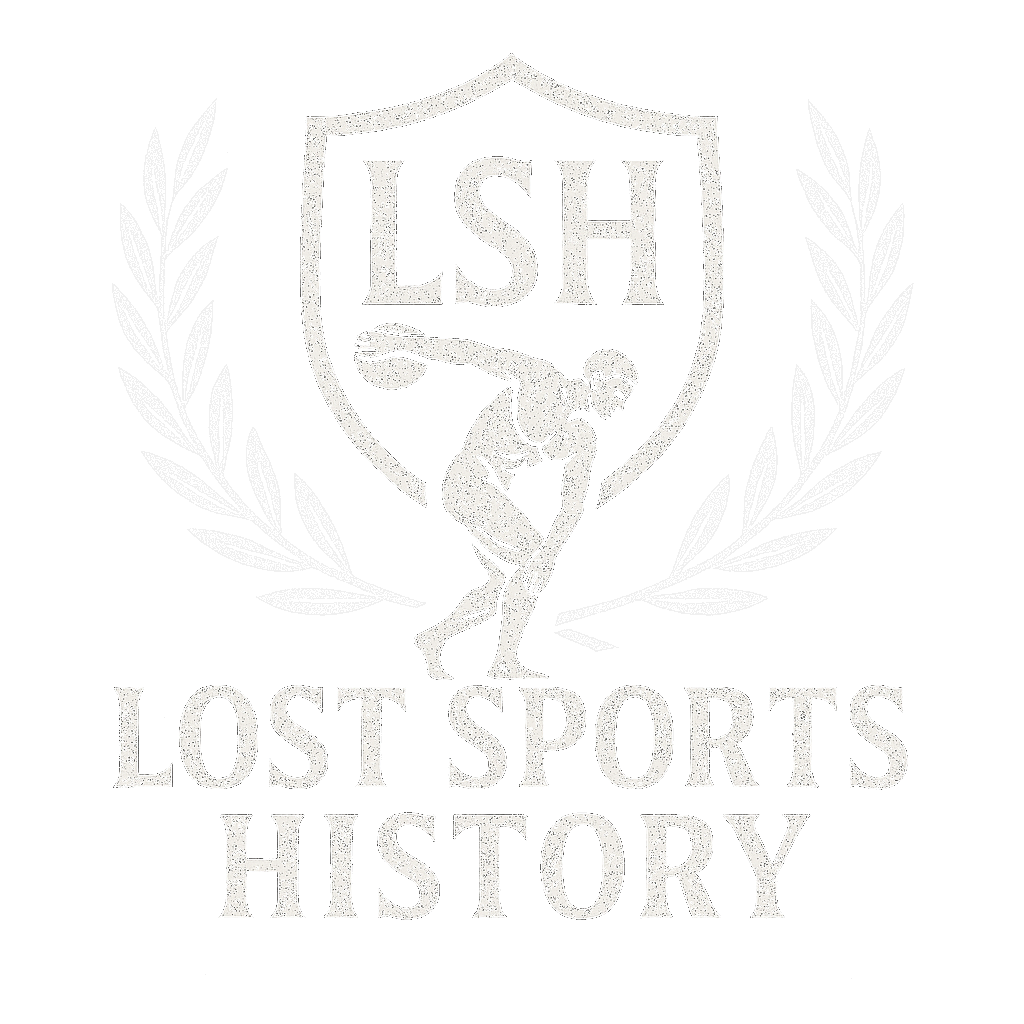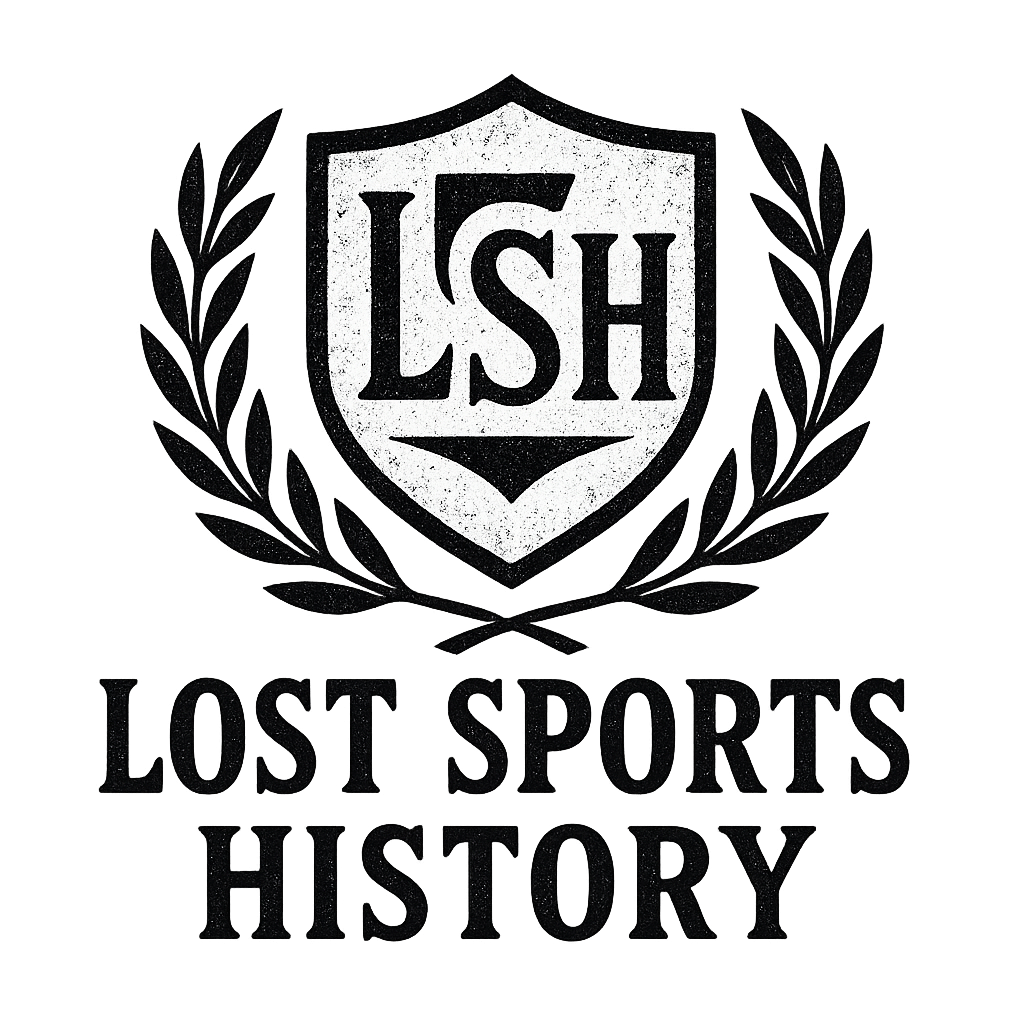Now Reading: Medieval Mob Football: The Tradition of Uppies and Downies
-
01
Medieval Mob Football: The Tradition of Uppies and Downies

Medieval Mob Football: The Tradition of Uppies and Downies
Imagine a game where hundreds of players fill the streets, fields become battlegrounds, and an entire town is the playing area. This wasn’t chaos—it was medieval mob football, a fascinating ancestor of today’s organized sports.
In medieval Britain, these matches could stretch for miles, with no player limits and minimal rules. A single game might involve entire villages, lasting from sunrise to sunset. The ball could be kicked, carried, or thrown through streets, rivers, and fields until one side claimed victory.
This raw, untamed version of football laid the groundwork for modern sports like rugby and soccer.
While most medieval traditions have faded into history books, one remarkable variant survives: the Uppies and Downies games in Workington, Cumbria.
This ancient tradition connects us directly to our sporting heritage, offering a glimpse into how our ancestors played, celebrated, and competed. These games are not just relics of the past; they are modern revivals of ancient sports that continue to thrive today.

The Origins of Medieval Mob Football
Medieval mob football originated in the British Isles during the 12th century, with the earliest records indicating a game played in London’s Cheapside district in 1174. These matches turned public areas into chaotic battlegrounds, transforming city streets, open fields, and even rivers into makeshift playing fields.
Regional Variations in the Game’s Birthplace
The exact location where the game began varied across different regions:
- Northern England: Games took place between neighboring villages, with natural landmarks serving as goals.
- Scottish Borders: Important festivals and territorial boundaries were marked by annual matches.
- Welsh Communities: Local disputes were settled and harvests celebrated through matches.
The Nature of Medieval Mob Football Matches
A typical medieval mob football match disregarded traditional boundaries. Players – sometimes numbering in the hundreds – would chase a leather-bound ball through streets, markets, and private properties. The goals could be miles apart, indicated by significant local landmarks such as church doors, village wells, or riverside mills.
Royal Records and Bans on the Sport
Royal records from 1314 provide a vivid depiction of the game’s disruptive nature. King Edward II prohibited the sport in London, stating that it caused “great noise in the city, from the pursuit of large balls from which many evils might arise.” Similar bans were enacted in Edinburgh (1457) and Paris (1369), yet the game continued to thrive.
The Role of Mob Football in Society
The sport played a crucial role as a social outlet for communities, allowing them to express aggression and resolve conflicts through ritualized combat. Players experienced broken bones, bloody noses, and torn clothing – injuries that were seen as symbols of honor in medieval society.
Rules and Gameplay of Medieval Mob Football
Medieval mob football operated under a remarkably simple set of rules – or rather, a notable lack of them. The game’s structure revolved around two basic principles:
- Get the ball to your designated goal
- Use any means necessary (short of murder)
The goals themselves could be positioned at opposite ends of a town, sometimes miles apart. Players might need to navigate through streets, fields, rivers, and even private properties to reach their target. A “goal” might be a church wall, a millstone, or any other prominent local landmark.
The actual gameplay unfolded as a chaotic mix of pushing, shoving, and grappling. Massive scrums formed around the ball, with dozens – sometimes hundreds – of players locked in a heaving mass of bodies. These scrums bore a striking resemblance to modern rugby, though on a much larger scale.
Physical contact defined the game’s character:
- Wrestling – Players grappled opponents to gain ball possession
- Charging – Groups rushed together in violent collisions
- Tackling – Any method of stopping opponents was acceptable
The ball itself, typically made from an inflated pig’s bladder or stuffed leather, could be carried, thrown, or kicked. Players formed spontaneous alliances and strategies, creating temporary teams within the larger mass of participants. The absence of formal boundaries meant the game could spill into streets, markets, and private gardens – much to the dismay of local authorities and property owners.
Uppies and Downies: A Surviving Tradition
In the heart of Workington, Cumbria, a centuries-old tradition brings medieval mob football to life each Easter. The Uppies and Downies game divides the town into two fierce teams based on geographic locations – those born “up” from the dock (Uppies) and those born “down” from the dock (Downies).
The Game
The game kicks off when a specially crafted leather ball is thrown from the harbor’s platform. Players battle through Workington’s streets, fields, and even the River Derwent to reach their goals. The Uppies aim to touch the ball against a millstone at Workington Hall, while the Downies fight to carry it to the town’s harbor.
The Rules
This raw, unstructured match can last hours, sometimes stretching into darkness. No referees oversee the action, no player limits exist, and the only real rules center on getting the ball to the designated goals. The physicality mirrors its medieval roots – players grapple in massive scrums, push through narrow alleys, and wade through water.
A Living Tradition
The Workington tradition stands as a living museum of medieval mob football. You’ll spot the same tactical elements that defined the ancient sport:
- Mass player formations
- Territory-based team divisions
- Natural landmarks as goal points
- Unlimited game duration
- Community-wide participation
Each Easter match draws hundreds of participants and spectators, preserving a direct link to Britain’s sporting heritage through action rather than mere remembrance.

Other Surviving Medieval Football Variants in the UK
The ancient spirit of mob football lives on through several remarkable traditions across Britain. In Scotland’s Orkney Islands, the Kirkwall Ba’ Game transforms the streets into a battleground between two traditional teams: the Uppies and the Doonies. This centuries-old contest sees hundreds of players—divided by marriage status—pushing, pulling, and carrying a leather ball through narrow streets and alleyways.
Derbyshire’s historic town of Ashbourne hosts the Royal Shrovetide Football Match, a two-day spectacle played annually on Shrove Tuesday and Ash Wednesday. Dating back to the 12th century, this game features the “Up’ards” and “Down’ards” teams, determined by which side of the Henmore River players were born. The goals sit three miles apart, and the match can last up to eight hours each day.
These surviving games share distinct characteristics:
- Massive player participation (often 200+ per side)
- Natural or architectural landmarks as goal posts
- Minimal referee intervention
- Traditional holiday scheduling
- Strong ties to local geography and social structures
The matches draw thousands of spectators, creating carnival-like atmospheres that blend sport, celebration, and cultural heritage. Local businesses board up their windows, streets close down, and entire communities unite in these raw, physical contests that defy modern sporting conventions.
Cultural Significance and Community Impact
Medieval mob football is a powerful symbol of British community spirit. These games turned regular streets into lively social spaces where class differences temporarily disappeared. Merchants played alongside laborers, forming unique connections that went beyond their usual social roles.
The Role of Football in Community Life
The games were important events in the community calendar:
- Shrove Tuesday matches brought entire towns together before the serious period of Lent
- Holiday games strengthened local relationships through shared experience
- Post-harvest celebrations included football matches to mark successful farming seasons
Local Identity and Tradition
The impact on local identity is still significant. Each community developed its own playing style and unwritten rules, which were passed down through generations. In Workington, children grow up hearing stories of legendary Uppies and Downies matches, creating a shared narrative that shapes their sense of belonging.
These traditional games preserve more than just sporting heritage – they maintain vital social connections. Modern participants speak of feeling connected to their ancestors through the same muddy fields and time-honored traditions. The annual matches serve as living museums, where communities actively participate in preserving their cultural DNA.
Expressions of Local Pride
Local pride shows itself in different ways during these events. Shopkeepers board up windows not out of fear, but as part of a beloved ritual. Families pass down loyalty to either “Uppie” or “Downie” sides, creating intricate webs of friendly rivalry that strengthen community bonds year after year.
Decline, Bans, and Transformation Over Time
Medieval mob football faced significant opposition from authorities throughout its history. King Edward II issued the first royal decree against the sport in 1314, declaring it caused “great noise in the city” and posed risks to public safety. Similar bans followed under Edward III, Richard II, and Henry IV – yet these royal proclamations often fell on deaf ears.
The sport’s decline accelerated in the 19th century due to several key factors:
- Urbanization – Growing cities left little space for sprawling games
- Law Enforcement – New police forces actively suppressed street sports
- Industrial Work Schedules – Factory schedules reduced time for day-long matches
- Safety Concerns – Rising injury rates sparked public opposition
The traditional game transformed as society changed. Some communities adapted their matches to smaller spaces with reduced player numbers. Others introduced basic safety rules while maintaining the sport’s core spirit. The rise of association football (soccer) in the 1860s provided a more structured alternative that attracted younger players away from the ancient tradition.
Despite widespread decline, pockets of resistance kept medieval football alive. Remote villages and tight-knit communities continued their annual games, viewing them as crucial to their cultural identity. These surviving traditions, like Workington’s Uppies and Downies, serve as living museums of medieval sporting culture.
Comparing Medieval Mob Football to Modern Sports
The raw physicality of medieval mob football lives on in modern rugby’s most distinctive features. Watch any rugby match today, and you’ll spot the echoes of ancient folk games in the scrums, mauls, and rucks – where players mass together in a pushing contest for possession.
Key Elements Inherited from Medieval Sports
Modern sports inherit key elements from their medieval ancestors:
- Physical Intensity: Rugby’s tackle-heavy gameplay mirrors the body-to-body contact of mob football
- Territory Control: The push-and-pull struggle for field position in both rugby and American football
- Ball Advancement: The concept of moving a ball toward designated scoring areas
- Team Dynamics: Large groups working together toward a common goal
This evolution from medieval chaos to modern structure raises intriguing questions about what we’ve gained – and perhaps lost. While modern sports offer safety, fairness, and precision through strict rules and specialized roles, the ancient games provided something different: a raw, inclusive experience where entire communities participated rather than watched from the sidelines.
Unexpected Connections
Interestingly, the DNA of mob football surfaces in unexpected places, such as the “scrum” terminology in modern project management which draws directly from rugby. This term was inherited from medieval football, showcasing how deeply rooted these ancient games are in our contemporary culture. Moreover, for a deeper understanding of the scrum’s application beyond sports, you might find this Scrum Handbook insightful.
The Spirit of Mass Participation
Moreover, the spirit of mass participation seen in mob football continues to thrive today. This can be observed in modern phenomena like fantasy sports leagues and supporter culture, where fans create their own communities around the games they love. However, it’s worth noting that this intense physicality seen in ancient sports often led to extreme challenges and even resulted in some banned or forbidden sports due to their dangerous nature.
Exploring Ancient Influences
For those interested in exploring more about the training regimes of ancient warriors which could have influenced these sports, a historical overview could provide valuable insights.
Conclusion
Medieval mob football shows us the raw athletic spirit and community bonds of our ancestors. These ancient games – chaotic, without strict rules, and deeply connected to local identity – laid the foundation for today’s organized sports culture.
The tradition of Uppies and Downies in Workington carries this legacy forward, offering a rare glimpse into how our predecessors celebrated, competed, and connected through sport. Each Easter match writes a new chapter in an unbroken story spanning centuries.
Your local area likely has its own forgotten sporting heritage waiting to be discovered. Whether through archived records, oral histories, or active traditions, these historical athletic practices reveal rich insights into community life across generations.
The endurance of medieval mob football traditions reminds us that sport is more than just competition – it brings communities together, preserves cultural memory, and connects us to the spirited games our ancestors played across town squares, fields, and village streets.















